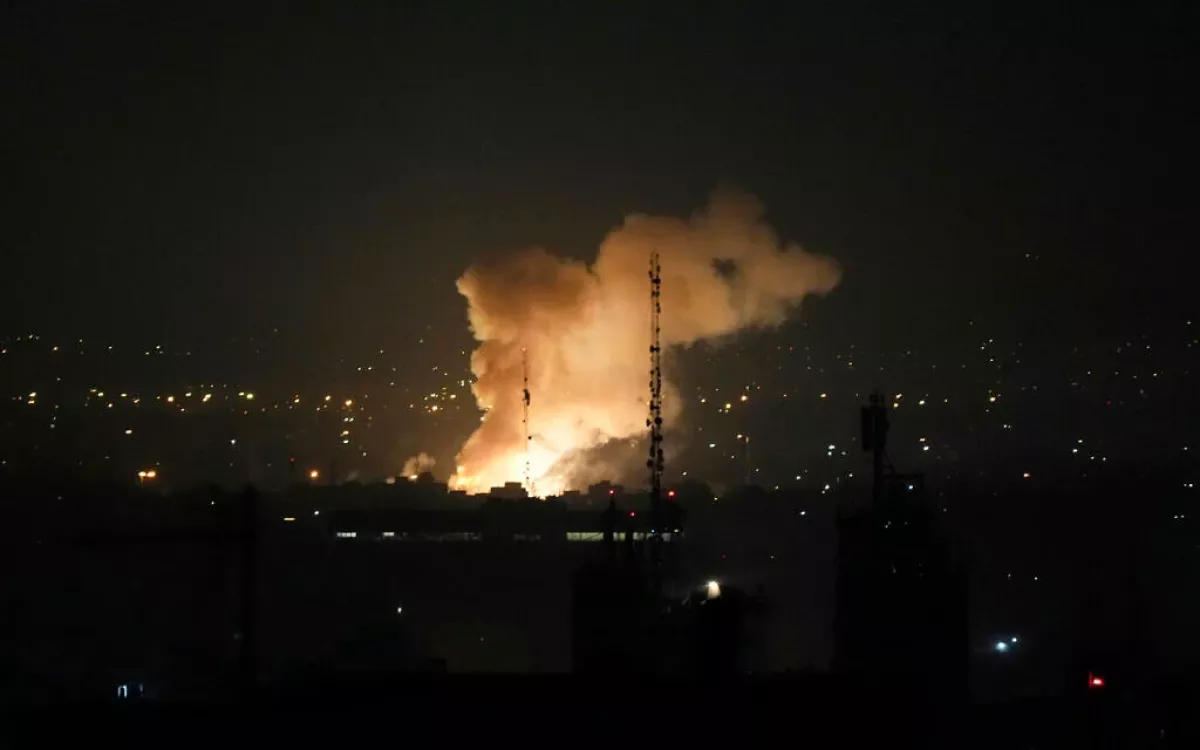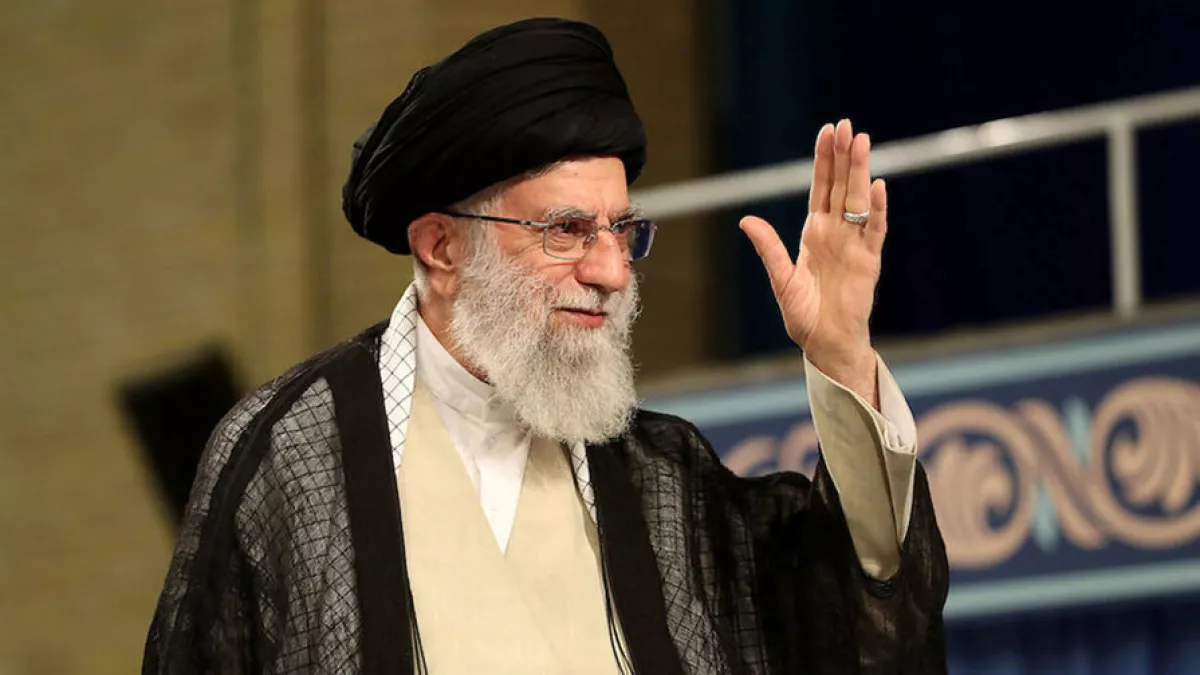Point of no return: Israel activates military scenario against Iran
The Israeli armed forces have launched a large-scale strike on the territory of the Islamic Republic of Iran, targeting dozens of facilities — from key components of Iran’s nuclear infrastructure to sites involved in its ballistic missile programme. The strikes also hit locations where senior commanders and specialists involved in these developments were based.
Tel Aviv claims that the operation was a response to growing threats from Tehran and is not a one-off action, but the beginning of a broader military campaign. According to Israeli Prime Minister Benjamin Netanyahu, the strike was “very successful.” He stated that the targets included command structures, leading Iranian scientists involved in nuclear weapons development, and nuclear programme facilities themselves. “We are racking up achievements, but I know, and you know, there are no easy wars,” the Israeli premier said, speaking alongside senior members of his government and security bloc. He also warned that Israelis may need to prepare for prolonged stays in shelters in anticipation of retaliatory actions.

Official Tehran, in turn, accused not only Israel but also the United States of involvement in the strike, asserting that such an operation could not have been carried out without “coordination and approval” from Washington. In a statement released by the Iranian Foreign Ministry, it was declared that the U.S. would bear responsibility for “all consequences and dangerous outcomes of the Zionist attack.”
Representatives of Iran’s armed forces, including General Abolfazl Shekarchi, also openly accused the United States of backing Israel’s actions. Washington, however, issued an official denial: Secretary of State Marco Rubio emphasised that the operation was solely an Israeli initiative, and that the United States had no involvement. He nonetheless urged Tehran to refrain from taking any action against U.S. interests or personnel in the region, making it clear that any attack on American assets would trigger a response.
Meanwhile, Israeli sources claim that the operation will continue for several more days. According to IDF Chief of Staff Lieutenant General Eyal Zamir, the country has reached a “point of no return” and can no longer afford to wait. He stated that “freedom belongs to those who are willing to fight for it,” and announced the mobilisation of “tens of thousands” of reservists.
A state of emergency has been declared in Israel: schools have been closed, mass gatherings cancelled, businesses advised to suspend operations, and hospitals instructed to switch to emergency mode.

According to Iranian media reports, the strikes hit various regions across the country, including Tehran, Ahvaz, Kermanshah, and the East Azerbaijan Province, where at least three military facilities were reportedly targeted. The most extensive damage was recorded near the city of Natanz — the heart of Iran’s nuclear programme.
State-run Iranian channels broadcast footage showing buildings engulfed in flames, plumes of smoke rising over targeted sites, and large crowds observing rescue and emergency efforts in the aftermath of the explosions. Reports indicate casualties among both civilians and military personnel.
Some sources within the Islamic Republic have confirmed that the strikes killed several high-ranking figures, including General Hossein Salami, commander-in-chief of the Islamic Revolutionary Guard Corps (IRGC); Gholamali Rashid, commander of the Central Headquarters of “Khatam al-Anbiya”; Fereydoun Abbasi, nuclear scientist and former head of Iran’s Atomic Energy Organisation; and Mohammad Mehdi Tehranchi, another specialist in the nuclear program. This marks the most significant loss within Iran’s military and scientific leadership in recent years.
Iran’s Supreme Leader Ayatollah Ali Khamenei issued a sharply worded statement, accusing Israel of committing a “crime” and vowing that the armed forces of the Islamic Republic would deliver a harsh and inevitable response. He claimed the strikes had hit residential areas and that the victims were “heroes of the resistance, whose mission will be immediately carried on by their successors.”
Following his statement, Iran shut down its airspace entirely, cancelling all domestic and international flights. The country’s Civil Aviation Authority urged citizens to avoid airports and await further instructions.

The situation is increasingly taking on the contours of a potential regional escalation. A sixth round of U.S.–Iran nuclear talks had been scheduled for June 15 in Oman, but amid the unfolding conflict, the fate of those consultations now hangs in the balance.
Meanwhile, reports indicate that U.S. President Donald Trump, who was reportedly briefed in advance about Israel’s plans, held an emergency meeting with Pentagon and intelligence officials. While he did not confirm any U.S. involvement in the operation, he had previously not ruled out the possibility of an Israeli strike. According to analysts, the U.S. administration’s current stance appears aimed at minimising the risk of direct involvement. However, the potential for the United States to be drawn further into the situation remains.
Global markets responded immediately to the surge in tensions, with oil prices jumping by more than three dollars per barrel. Investors and regional governments are monitoring the situation with mounting concern. International organisations and analysts have issued warnings: unless both sides take urgent steps toward de-escalation, the crisis could spiral into a full-scale war — with far-reaching consequences for the Middle East and the entire global security architecture.
At the time of publication, hostilities are ongoing, with both sides ramping up military activity and intensifying their rhetoric. The escalation is taking on a momentum of its own, where the next phase may be driven not only by political will but also by a chain of military decisions made under severe time pressure and heightened tension.








